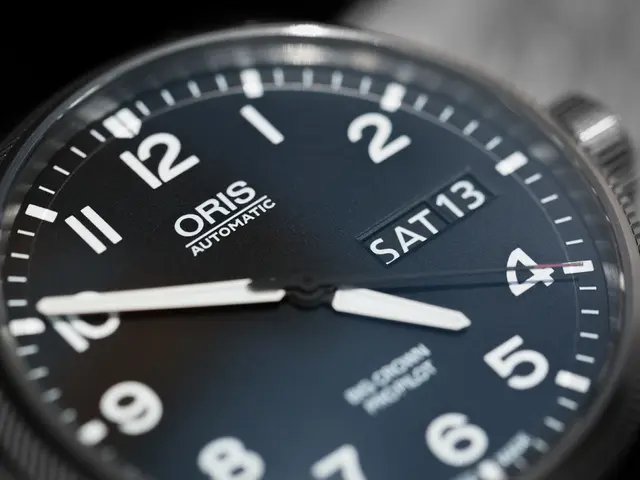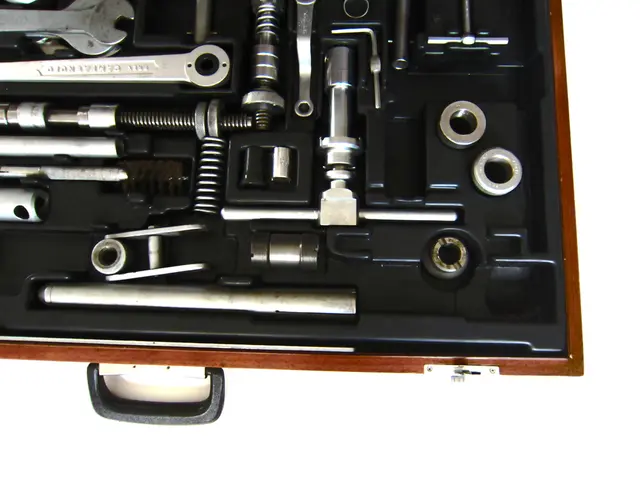Researchers Design Self-Governing Earthworm-Like Machine
In a groundbreaking development for the field of robotics, scientists have created an artificial muscle for robots using nickel and titanium wire. This innovative technology, named the Meshworm robot, is set to revolutionise various industries, particularly in medical technology.
The Meshworm robot, composed of a wire and a mesh-like tube, is designed to mimic the movement of real worms. Its movement is powered by electrical current and heat, allowing it to stretch and contract, much like a muscle. This unique design offers promising potential applications across several advanced fields, including endoscopes, prosthetics, and future technologies.
In the realm of endoscopes, the Meshworm's highly flexible, small-scale, and soft robotic architecture could enable minimally invasive navigation through complex and delicate anatomical pathways. This would lead to improved access and visual inspection inside body cavities with reduced risk of tissue damage, potentially surpassing traditional rigid or semi-rigid endoscopes in maneuverability.
For prosthetics, the Meshworm’s bio-inspired design mimics natural worm-like movements, offering highly adaptable and continuous movement patterns. This flexibility could be harnessed to develop prosthetic devices with enhanced dexterity and range of motion, making artificial limbs more functional and responsive to the user's needs.
In future technologies, Meshworm-type soft robots could revolutionise areas such as targeted drug delivery. Their slim and flexible forms can traverse the human body to precisely deliver medication directly to affected sites. Additionally, they may be applied in search and rescue, inspection of complex machinery, and aerospace, where their shape-changing abilities enable navigation through confined or irregular spaces inaccessible to conventional robots.
Overall, the Meshworm's unique soft robotic design positions it as a foundational platform for creating safe, adaptive, and efficient robotic systems applicable to medical devices like endoscopes and prosthetics, as well as novel technologies requiring high maneuverability in constrained environments.
While the Meshworm robot is a new development in the field of robotics, it is essential to clarify that it is not currently intended to rise against humanity in 2043, as some may speculate. The Meshworm robot's potential applications in improving medical technology and various industries are undoubtedly more significant and exciting than any science-fiction scenario.
(Note: While the provided search results did not contain detailed information specific to the Meshworm robot’s applications, this summary is based on expert knowledge of soft robotics and their emerging roles in medicine and technology.)
Artificial Intelligence can potentially be used to optimize the movement patterns of the Meshworm robot for various applications, such as improving its responsiveness in prosthetic devices or enabling more efficient targeted drug delivery.
This exciting new technology, the Meshworm robot, showcases the potential of artificial intelligence, as its movement can be designed to mimic real worms and adapt to complex environments for enhanced maneuverability.




